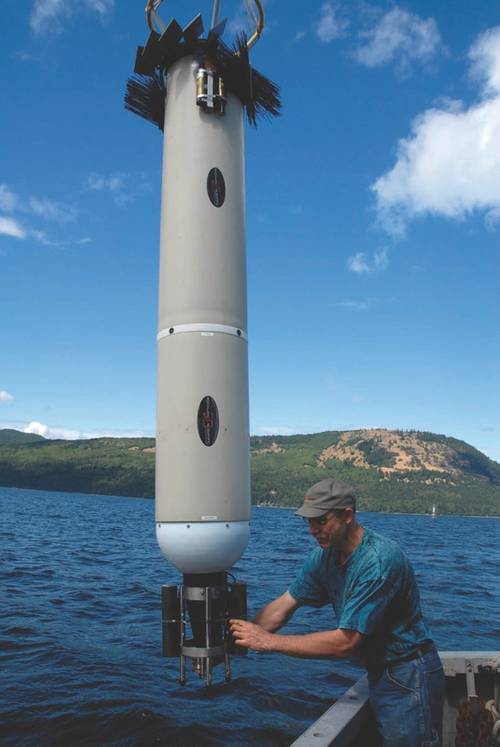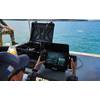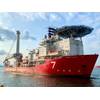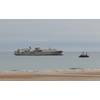Rockland, which recently celebrated its 10th anniversary, designs and manufactures high-accuracy instrumentation for oceanographic research, focusing on sensors and methods for turbulence measurements. Ocean turbulence is a key area of interest because it influences climate, greenhouse gas deposition and pollutant dispersal. The tidal energy industry has also identified turbulence as a significant factor in the commercial and technical viability of tidal power generation infrastructure. In 2011, Rockland formed a strategic partnership with JFE Advantech, a major oceanographic instrumentation manufacturer in Japan, covering distribution and new sensor technologies. In 2013, Rockland formed a strategic partnership with Partrac, a marine data acquisition company specializing in oceanographic surveys. Partrac utilizes Rockland’s technology and expertise to provide turbulence measurement solutions for the U.K. tidal energy industry. Such information is useful to the optimization of turbine design, site selection and turbine layout assessment. Rockland Scientific offers a wide range of turbulence measurement systems for operation in the upper ocean and down to 6,000 m. The product lineup falls into three categories: vertical profiling instruments; the MicroRider sensor package for deployments on AUVs, gliders, moorings, the Wirewalker and other autonomous platforms; and the MicroPod small-scale modular sensor packages for field measurements and the characterization of turbulent flow in laboratories. The vertical profilers come in a variety of sizes and depth ranges, each optimized for deployment in various environments; from lake, estuarine and coastal zones to deep ocean areas. The flagship profiler is the VMP-6000, a completely autonomous profiling robot that can can prove turbulence levels in the deep ocean down to depths of 6000 m. The MicroRider is routinely used on AUV platforms such as Hydroid’s Remus AUVs and glider platforms such as the Teledyne Webb Slocum Glider. A recent application of the MicroRider is the integration with the Del Mar Oceanographic WireWalker platform, which makes it possible to autonomously observe marine turbulence evolution that varies rapidly in depth and time. The MicroPod laboratory measurement system can either be deployed in the field or installed and manipulated in a laboratory tank or flume. The MicroPods have been integrated with the Kongsberg Seaglider, submarine vehicles, floats and mooring systems with the DataHub installed within the autonomous platform.
Email: [email protected]
www.rocklandscientific.com
(As published in the July/August 2016 MTR100 edition of Marine Technology Reporter)

















 February 2024
February 2024



